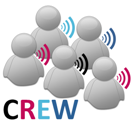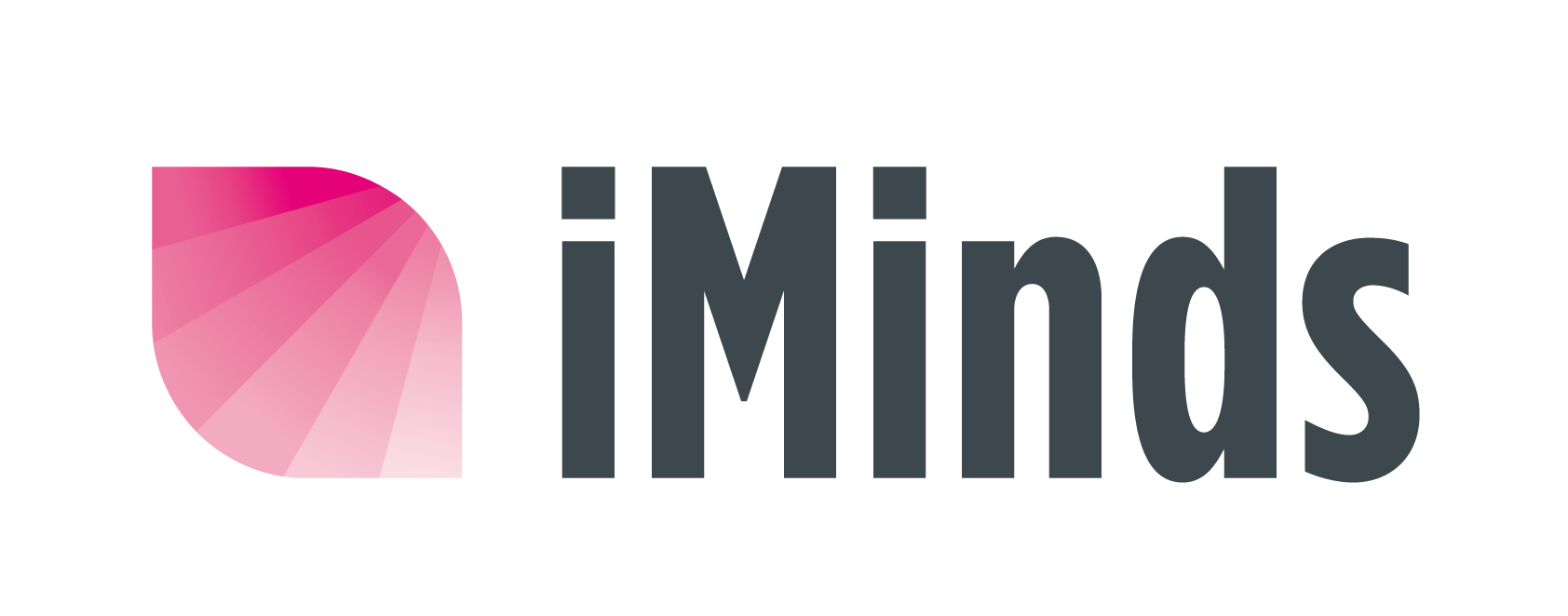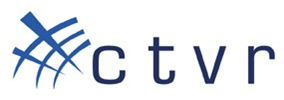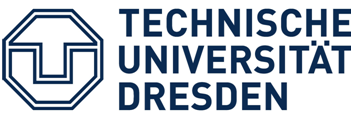Open Call 1 archive
You are looking at the archived information of the first open call. For the info on the latest CREW open call, go here.
The CREW project is organizing open calls to attract external experimenters to our facilities. The first open call closed on October 19, at 17:00 Brussels time. The results of the first open call are available at this page. A second open call is planned for October 2012. More information will be made available via this page and via our newsletter. The initial information will be distributed at the Future Network and MobileSummig in Berlin, July 4-6 2012.
External experimenters are able to use the CREW infrastructure for their experiments in the field of cognitive radio and/or cognitive networking. For these experiments, funding is available. We would like to note that applying for funding is not necessarily a requirement: (unfunded) use of the infrastructure, for smaller projects or exploratory use, may also be possible if the testbed owner is able to support your request (in function of availability and type of experiment).
If you are interested in receiving funding, please find the information for the first open call below. A (growing) list of frequently asked questions is available on this page as well.
Budget available in the first open call
In the first call, EUR 400k Commission funding will be made available. Per experiment, a maximum funding of EUR 200k applies. The minimum budget per experiment is EUR 50k.
Number of experiments
The CREW project will offer funding to 3 to 5 experiments.
Number of partners per experiment
The target number of partners per experiment is 1 or 2.
Duration of the experiment
The maximum duration of an experiment is 12 months.
Types of experiments
We are looking for experiments in the field of cognitive radio and cognitive networks, that make use of the existing CREW infrastructure.
Yes, I'm interested!
The details of the CREW open call were shared during the second FIRE Open Calls information day. The slides that were presented can be downloaded below. If you want to receive updates on the open call, please sign up for our newsletter. You can also contact us via email or webform.
More information on how to prepare your proposal can be found in following documents (updated September 12, 2011):
A second FIRE open call day was held in Brussels on September 15th. The presentations of this event are available below:
- Slides presented at the plenary of the 2nd open call day (technical and administrative info).
- TWIST testbed
- w-iLab.t testbed
- LTE/LTE advanced testbed
- Iris / Iris testbed
- Imec sensing agent
- Thales XCVR API
For detailed information on the infrastructures and cognitive components, please consult the CREW portal.

FAQ
Q: What is the page limit for the proposals?
A: There is no strict page limit. However, during the second FIRE open call day, a total proposal length of 20 to 25 pages was given as a guideline (see this presentation).
Q: Can I develop new solutions using the open call budget?
A: The open call budget is meant specifically to USE the CREW infrastructure for experimentation/validation. This means that, for example, developing a new algorithm cannot be done using CREW funding. However, the implementation of your solution(s) can be done using CREW funding. To summarize, CREW-payed manpower can be used to (1) implement your cognitive solution on the CREW facilities and (2) do the experiments, (3) analyze the results from your experiments and (4) provide feedback to the CREW consortium on the experiments and the use of the CREW platform.
Q: Can I access the infrastructure remotely or do I need to travel?
A: Some parts of the CREW infrastructure can be operated remotely, for other experiments, you will need to travel. Please check the CREW portal for information on how to access/use the different testbeds and cognitive components. In any case, even if a testbed can be operated remotely, you should probably reserve a part of your open call budget for travel, allowing you to meet the people behind the infrastructures and cognitive components, and to actually visit/see the infrastructures/cognitive components you will use.
Q: How do you define a sustainable result?
A: Let us start by describing a proposal that is not useful for us: suppose an experimenter uses the CREW facility for an unknown reason, e.g. developing unknown algorithms, and gives no feedback about how the infrastructure was used, what results were achieved, what part of the CREW infrastructure he/she (dis)liked,... In this case, from our perspective, an experimenter is just consuming funding without added value for the CREW consortium.
What we are looking for are experiments that help us to improve the CREW facilities: to put it sharply: the primary interest of CREW is not knowing how good your solution is or e.g. to get your source code. We are interested how you used the CREW facilities to reach your goals, and how this can help us in the future. For example, sustainability means leaving behind methodologies, tools, feedback, demonstrations (screencasts, videos,...), use cases, interfaces, scripts, experimentation scenarios, useful metrics,...
Q: How do I get access to the CREW facilities?
A: Please consult the CREW portal.
Q: When can the experiments that are part of the open call start officially?
A: The preferred starting date of open call experiments is January 2012. However, a later starting date is possible, e.g. in case manpower is not yet available next January.
Q: The open call document mentions that "at least two federation functionalities" need to be included in the experiments. Are experiments that use more functionalities more likely to be selected?
A: Please note that it is not the CREW consortium that can decide on ranking: external and independent reviewers are responsible for judging the quality of the proposals. However, it is important to know that we included this statement to exclude experiments that would have been possible on top of a single CREW component/infrastructure, without making use of the federation. As such, in our view, defining an experiment is not about including as many functionalities as possible: when 2 'functionalities' are used in a good way, for a good experiment, this is perfect and a lot better than including 5 functionalities in an experiment that does not make sense at all.
Q: Can I submit multiple proposals (on different topics)?
A: Yes, but at most one proposal can be funded. However, it is possible to join both in the first and second call in case your experiment of the first open call ends before the second open call starts.
Q: Can I move hardware available at one location to another location for my experiment? Can I move hardware from a CREW testbed to my own lab?
A: The CREW consortium has no view on the content of the proposals that will be submitted. As such, to guarantee the availability of the offered hardware to all experimenters that are accepted as part of the open call (and to the owners of the facilities), we cannot promise at this moment that it will be possible to move (part of) the hardware. However, in the past, we did move some of the hardware between the different CREW sites for short periods of time (e.g. during work meetings of the consortium). It is likely that these work meetings will continue once the new partners join as part of the open call- so moving hardware for a short period of time could, exceptionally, be possible. Table 1 of the CREW open call document lists the hardware/components that are available at the different sites.
Q: When will I receive a confirmation of my submission?
A: The confirmations have been sent out. If you did not receive a confirmation but you were expecting one, please contact us (see "contact" section).
| Attachment | Size |
|---|---|
| CREW_Announcement_Open_Call1_v2_4_final.pdf | 1.83 MB |
| CREW_Open_call1-Guide_for_applicants-v0.6_Final.pdf | 136.31 KB |
| CREW_consortium_agreement.pdf | 270.46 KB |
| CREW Open call 1 - Guide for applicants-v0.6_Final.doc | 150.5 KB |












